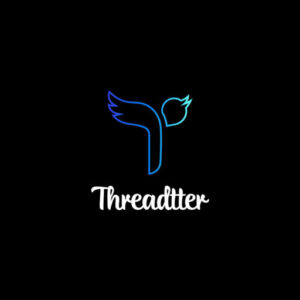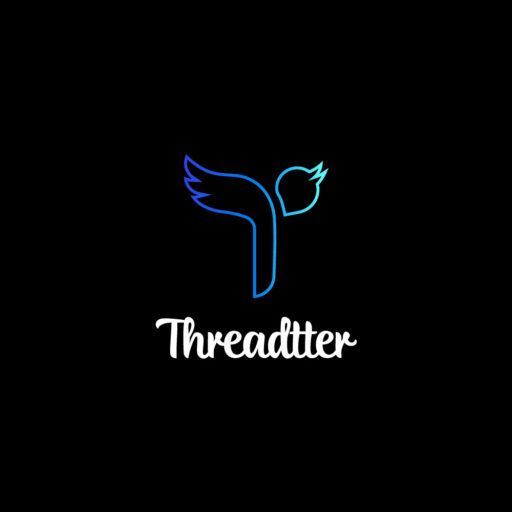Is OpenAI Losing Its Edge? The Rise of DeepSeek
The AI arms race has long been dominated by Western tech giants like OpenAI, Google DeepMind, and Anthropic. However, the rise of China’s AI research ecosystem, exemplified by DeepSeek, raises a pressing question: Is the West losing its AI lead? As Chinese AI models continue to close the gap, the global balance of AI power is shifting in ways that could redefine the industry.
How Did We Get Here? The AI Evolution of OpenAI and DeepSeek
For years, OpenAI has set the benchmark for AI innovation, pioneering breakthroughs with ChatGPT, GPT-4, and advanced multimodal models. Backed by Microsoft and deeply integrated into enterprise software, OpenAI enjoys a strong foothold in both research and commercialization.
Meanwhile, China has aggressively ramped up its AI capabilities. DeepSeek, an AI lab that recently made headlines with its DeepSeek-V2 model, represents a growing trend of Chinese firms developing powerful large language models (LLMs) that rival those from OpenAI and Google. With government support, vast data access, and rapid AI deployment, China is positioning itself as a formidable AI superpower.
OpenAI vs. DeepSeek: Who’s Winning the AI Race?
Technology Showdown: How Do Their AI Models Compare?
At their core, OpenAI and DeepSeek rely on large-scale deep learning architectures, using vast amounts of text data to train AI models capable of understanding and generating human-like responses. However, their approaches differ significantly.
OpenAI’s Strengths:
- Advanced Language Models: OpenAI’s GPT-4 and upcoming GPT-5 are among the most sophisticated AI models, excelling in nuanced reasoning and complex problem-solving.
- Multimodal AI: ChatGPT can process text, images, and even audio, making it highly versatile.
- Fine-Tuning & Adaptability: OpenAI allows businesses to customize AI models for specific needs, such as customer support, coding assistance, and research.
- Reinforcement Learning from Human Feedback (RLHF): OpenAI refines its models by incorporating human feedback, making them safer and more aligned with user expectations.
DeepSeek’s Competitive Edge:
- Language Optimization: DeepSeek-V2 has been trained extensively on Chinese-language data, making it exceptionally fluent in non-English applications.
- Computational Efficiency: DeepSeek is working on optimizing its AI models to perform well even with limited computational resources, which could be a game-changer for AI accessibility.
- Open-Source Push: Unlike OpenAI, which operates on a closed API model, DeepSeek contributes to China’s broader push for open-source AI, potentially accelerating global innovation.
- Hardware Adaptation: With U.S. restrictions on high-end Nvidia chips, Chinese firms like DeepSeek are developing AI models that work efficiently on locally manufactured processors.
Who’s Gaining Ground? Market Adoption and AI Influence
- Enterprise Integration: OpenAI has strong partnerships with Microsoft and enterprise clients, integrating AI into office software and cloud services.
- Government & Regulation: The U.S. faces increasing regulatory scrutiny over AI, potentially slowing innovation. Meanwhile, China’s AI firms benefit from state support, allowing faster adoption in key industries like finance and healthcare.
- Global Expansion: OpenAI enjoys strong brand recognition in English-speaking markets, while DeepSeek and similar models dominate Asia.
Geopolitics & Ethics: The Battle Beyond Technology
- AI Regulations: Western governments emphasize AI safety, but China’s AI governance focuses on ensuring alignment with state objectives.
- Export Restrictions: The U.S. has imposed strict chip export controls on China, limiting DeepSeek’s access to advanced Nvidia GPUs. However, China is rapidly developing domestic alternatives.
- Censorship & Bias: While OpenAI’s models face criticism over content moderation, Chinese AI models operate within government censorship frameworks, potentially limiting the scope of information they can process.
Leaked Emails: OpenAI Exposes Elon Musk’s Surprising Push for Profit-Driven Model
The Ultimate AI Face-Off: OpenAI vs. DeepSeek in Numbers
| Feature | OpenAI | DeepSeek |
| Model Performance | Leading in multimodal AI and reasoning | Competitive in language tasks, improving rapidly |
| Data Access | Strong English data training | Dominant in Chinese-language datasets |
| Enterprise Adoption | Integrated into Microsoft ecosystem | Growing adoption in China, state-backed projects |
| Regulatory Environment | Facing increasing AI regulation | Strong government support but censorship concerns |
| Compute Resources | Access to top-tier Nvidia GPUs | Limited by U.S. export bans but investing in alternatives |
While OpenAI still leads in innovation, DeepSeek and other Chinese AI labs are closing the gap, particularly in regional markets. The divide between Western and Chinese AI models is becoming more pronounced, with each side optimizing for different use cases and regulatory environments.
What’s Next? The Future of AI Competition
- China’s AI Expansion: DeepSeek’s progress signals China’s determination to challenge OpenAI’s dominance. With continued government investment, we may see China producing more competitive AI models within the next 2-3 years.
- OpenAI’s Next Move: GPT-5 is expected to push boundaries further, but OpenAI must navigate increasing regulatory challenges and global competition.
- AI Geopolitics: The AI race is no longer just about technological superiority but also about governance, security, and ethical considerations.
- Open-Source vs. Proprietary AI: China’s push for open-source models could reshape global AI accessibility, while OpenAI’s closed model approach ensures monetization and control.
Final Thoughts: Is the West Falling Behind in AI?
OpenAI still leads in AI research and commercialization, but China’s AI surge, represented by DeepSeek, poses a legitimate challenge. While the West focuses on ethical AI governance and monetization, China is prioritizing rapid AI deployment and state-backed development. The next few years will determine whether OpenAI and its Western counterparts can maintain their lead—or if the balance of AI power will shift eastward.
For now, OpenAI remains at the cutting edge. But with DeepSeek’s rise, the AI race is far from over.


